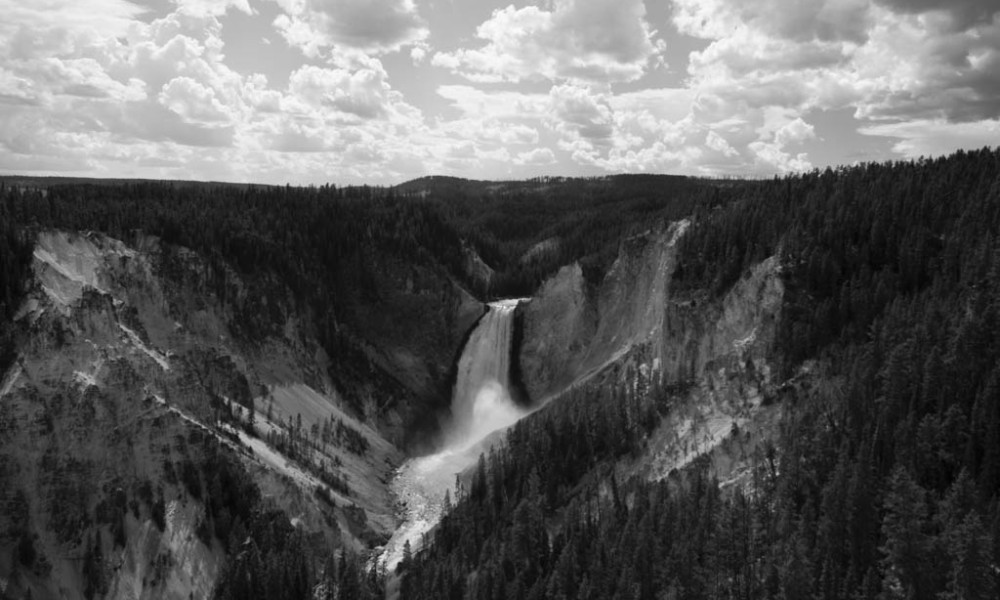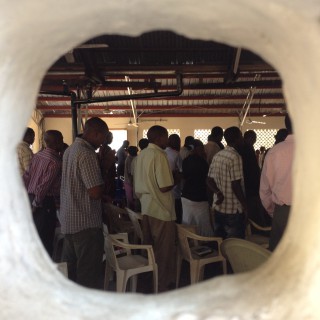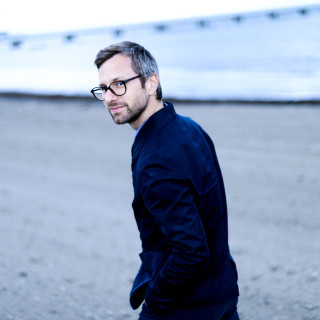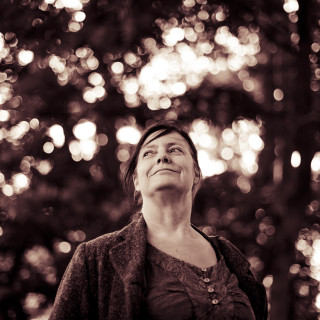Mythical sites in Native American lands
Over recent years, social anthropologist Christer Lindberg has combined his old photography hobby with his research. He has made several trips to North America, where he has documented impressions with his camera, including Native American culture.
His trips have taken him to old Native American territories in the American Mid-West and western Canada and to places like the Rocky Mountains and Yellowstone, sites that have long been sacred to Native Americans.
“Place plays an important role in Native American spirituality. However, for a tribe to negotiate for the return of land that was taken from them, they need to have official status”, says Christer Lindberg.
Large tribes such as the Navajo in the USA have been more successful than smaller and geographically dispersed tribes, in particular in Canada.
“There are many Canadian bands, i.e. smaller, splintered Indian groups, that have never received state recognition. People feel themselves to be Native Americans, but are not officially regarded as such. It is much more difficult for them to join forces to fight for their land”, he explains.
He was deeply moved by a number of Native American sacred sites, which are often in inaccessible locations off the usual tourist trail.
“You feel how small we are. Even if you are not religious, there is a sense of reverence at the greatness of nature.”
Christer Lindberg has taken an interest in contact between the Native Americans and European immigrants as well as in American Indian religious myths. These myths are visually expressed in totem poles and handicrafts from the north-western coast of America, where craftsmen were skilled in wood carving.
Modern Native American spirituality is reflected in the major festivities that are often organised around the Fourth of July, known as pow-wows.
“They are not religious events – rather a kind of party and dance competition, where dancers from different tribes meet on the prairie or in the Rocky Mountains. Both dancing and costumes are judged. The costumes can combine traditional and modern symbols – feathers are combined with Superman emblems!”
Nevertheless, there are elements of traditional spirituality and shamanism in a pow-wow, explains Christer Lindberg. The circle, symbolising the eternal cycle of life, is important, as are the dancing and music that have always been a feature of religious rituals.
“There is also a prayer ceremony before the competitions start. Prayers are said for the many Native Americans who are serving in the Army in Afghanistan or other regions of the world.”
Text: Britta Collberg
Photo: Christer Lindberg
Published: 2014





